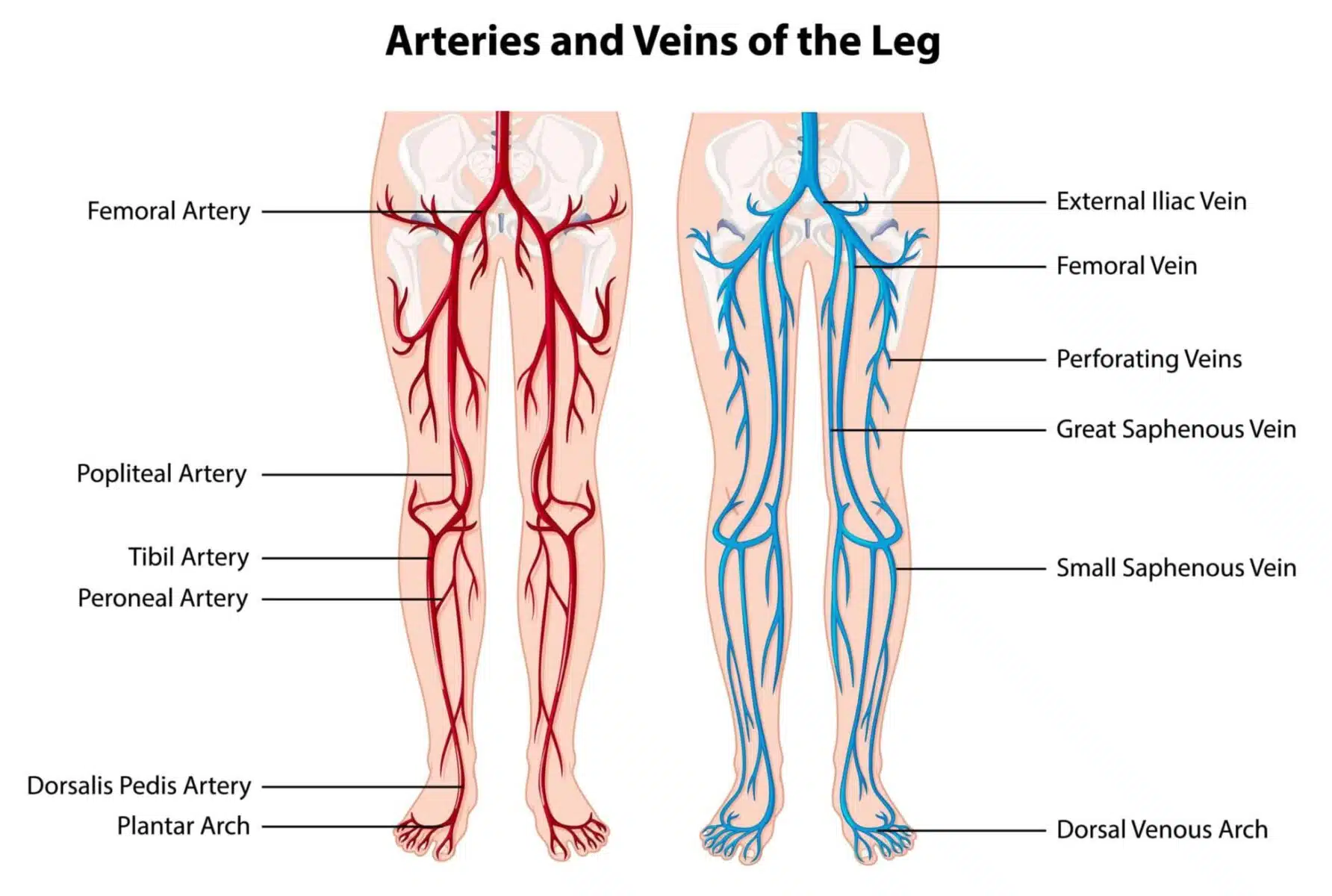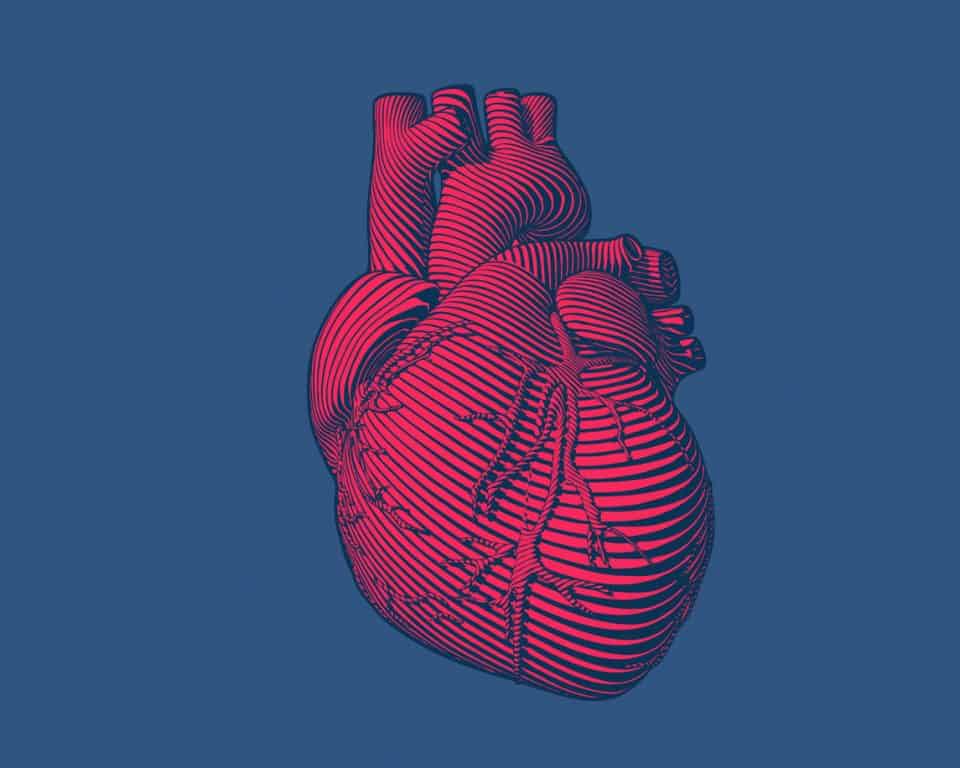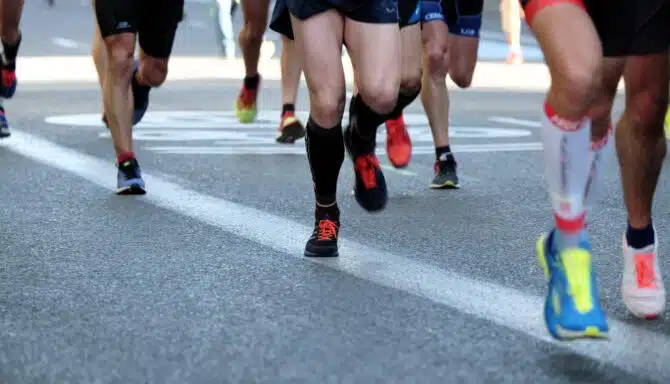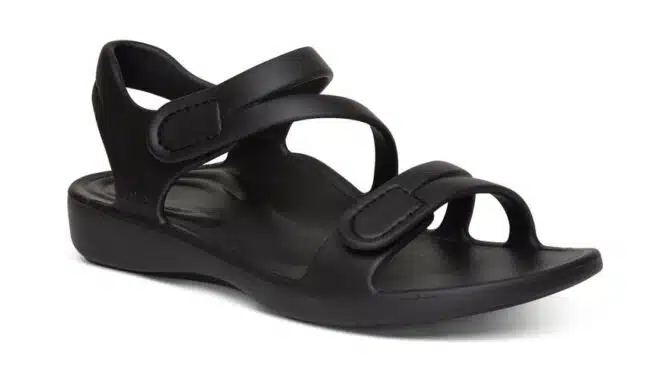When we think about heart health, we usually picture arteries around the chest but not our feet. But your heart health and foot health are closely linked. The same arteries that supply blood to your heart also carry oxygen‑rich blood all the way down to your toes. If your heart or circulatory system isn’t working at its best, your feet are often the first to feel the effects.
How Circulation Affects Foot Health

Your heart pumps blood through a network of arteries and veins to deliver oxygen and nutrients to every part of your body. Healthy circulation keeps your feet warm, nourished, and free from pain. But when poor circulation in the feet occurs — whether from peripheral artery disease (PAD), heart disease, or other cardiovascular issues — the feet can suffer.
Common foot problems from poor circulation include:
- Cold feet or toes: Lack of blood supply can make feet and toes feel cold
- Numbness, tingling, or burning sensations: Reduced circulation deprives the nerve cells of oxygen and nutrients. The tiny nerves in the feet are especially prone, which can lead to a numb or burning sensation
- Pain when walking (leg cramps): When the muscles don’t receive enough oxygenated blood and nutrients, they can fatigue easily and become sore.
- Slow‑healing cuts or wounds: Oxygenated blood and the nutrients it delivers is vital to our body’s healing process. If there is insufficient blood flow to a wound or injury, it will take longer for it to heal.
- Changes in skin colour or texture: Reduced blood flow can lead to pale, blueish, reddish or purple discolouration in the skin. It will also cause dry, cracked and peeling skin as good blood flow is required for the skin’s ability to retain and produce moisture.
- Swelling and Edema: Veins must work against gravity to pump blood from the feet to the rest of the body. However, if you have poor circulation, the veins cannot properly do this, which will cause blood to pool in the feet and ankles, leading to swelling. Compression stockings are a great way to counteract this.
- Toenail thickening and slow toenail growth: Circulation is required to facilitate cellular reproduction in our toenails, which helps them grow. If blood flow is impaired, toenails grow slower. As a result, when new toenail cells are produced, they pile on top of each other, which leads to toenail thickening.
Heart Disease and Foot Complications
Conditions like heart disease and peripheral artery disease narrow or block the arteries, limiting blood flow to the feet. Over time, this lack of blood supply can cause serious complications, such as:
- Ulcers or open sores
- Infections that heal slowly
- Tissue damage from reduced oxygen supply
If you have diabetes, the risks are even greater. High blood sugar can damage both the blood vessels and nerves, increasing the likelihood of foot pain from poor circulation and making it harder to feel injuries.
Signs of Heart Trouble in Your Feet
Your feet can reveal early signs of heart disease, so it’s important to pay attention. See your doctor or a foot care specialist if you notice:
- Cold or pale feet
- Swelling in the feet or ankles
- Shiny skin or loss of hair on your toes
- Wounds that don’t heal quickly
Protecting Your Feet and Your Heart
Caring for your cardiovascular health helps protect your feet — and vice versa. You can reduce your risk of foot complications by:
- Exercising regularly to improve circulation
- Eating a heart‑healthy diet
- Quitting smoking to protect your arteries
- Managing blood pressure, cholesterol, and blood sugar
- Getting regular foot check‑ups, especially if you have risk factors for heart disease
Bottom Line
Your cardiovascular health and feet are more connected than you might think. Poor circulation in your feet can be an early warning sign of heart trouble — and catching it early can prevent serious complications.
If you’ve noticed changes in your feet, talk to a chiropodist or your doctor. They can check your circulation and help you protect both your heart and your feet for the long term.




